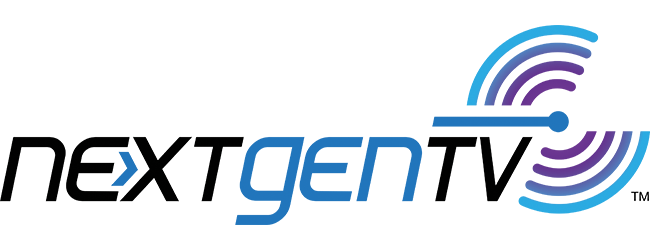Don't need anything beyond common sense. The providers are NOT going to regular encrypt OTA signals we've always receive, to make us PAY for them. Our receivers will automatically decrypt them.Do you have relevant documentation to support your position?
They are encrypting because they THINK people will intercept and record them. Why they think that will stop people, is beyond me, because encryption has NEVER stopped pirates for long.


